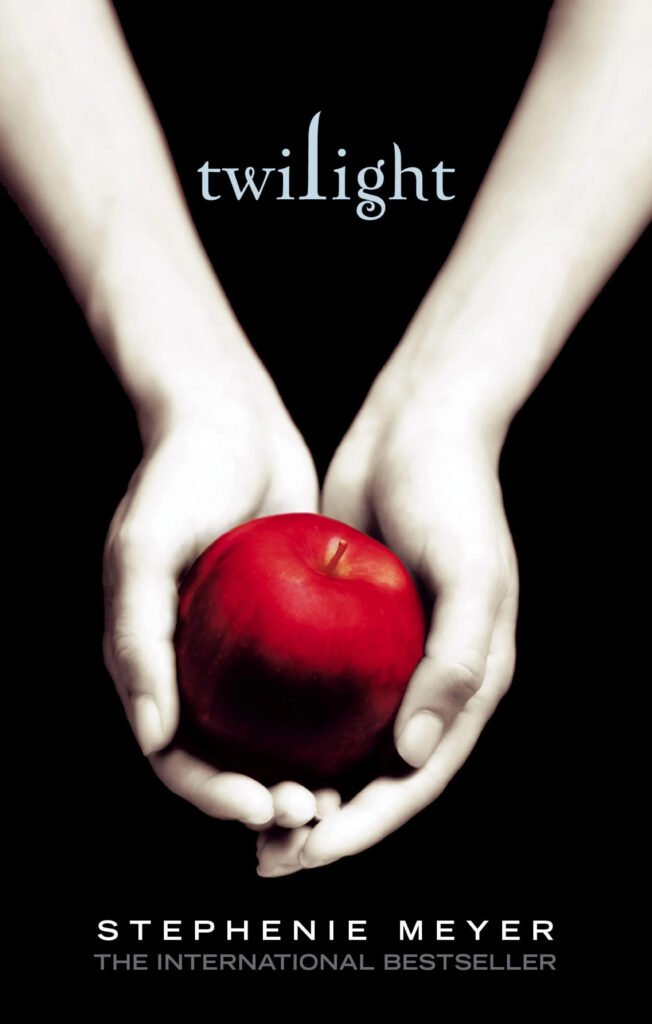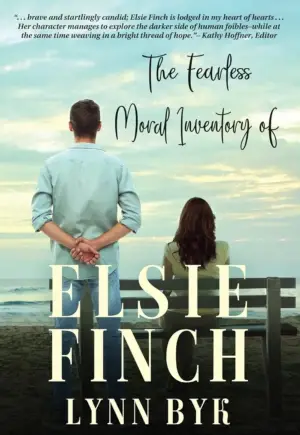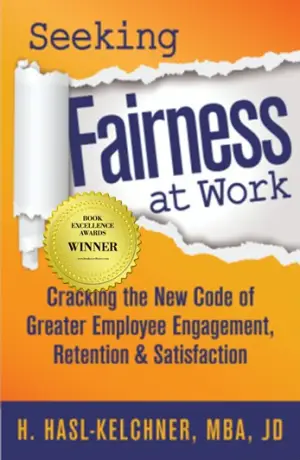Twilight: A Dive into the Twilight Saga’s Allure
I genuinely can’t believe I’ve just finished Twilight by Stephenie Meyer. It’s not that it’s been a torturous experience; I’m more stunned that I managed to turn the last page without collapsing from the sheer emotional weight of it all. As I lay there contemplating my existence—Dorito crumbs and all—my thoughts spiraled into both nostalgia and irritation. This book didn’t just hit me; it hit me like Edward Cullen himself—mysterious and hauntingly compelling.
When I first picked up Twilight, I was prepared for the familiar narrative many of us have come to know, often battered around by memes and scornful critiques. Yet, revisiting it in the year of our lord 20gayteen, it’s impossible to ignore the profound influence it has had on the young adult genre. The book may appear fluffy at first glance, filled with teenage drama and intense romance, but it’s a much deeper tale of identity, longing, and existential angst.
At its core, Twilight is about Bella Swan’s painful transition into a new life in Forks, Washington. Bella’s character—often dismissed as weak—actually reveals a layered personality cloaked in selflessness and introspection. Unlike the movie adaptation, where she is portrayed as a brooding teenager driven by angst, the book offers a Bella who is observant and perceptive, aware of the complexities surrounding her. Her struggles against mundane expectations and her quest for acceptance resonate deeply, especially in this post-#MeToo age where narratives surrounding female independence are pivotal.
Then there’s Edward Cullen, the brooding vampire whose allure is arguably overshadowed by the awkwardness of their age difference—a poignant discomfort that makes me squirm in my adult life. Yet, through Meyer’s narrative lens, Edward is portrayed as a tortured soul, grappling with the dark confines of space and time. There’s a delicious chemistry between him and Bella that Meyer captures with flirtatious banter peppered throughout. Moments like “I thought Newton was dragging your dead body off to bury it in the woods” not only serve as comic relief but give Edward a more human touch that the film adaptations often lack.
Meyer’s prose is accessible and, at times, intoxicating. I found myself immersed in Bella’s internal monologues, captured by the struggles between her desire for a normal high school experience and the intoxicating pull of the supernatural. The pacing varies throughout the book, with a slow build-up that propels us through Bella’s turmoil, culminating in tension-filled moments that expose the darker side of the vampire world.
One quote that lingered with me was Bella’s reflection about being “ordinary” with Edward, a sentiment that beautifully illustrates her self-awareness. It sparks contemplation about the nature of identity—do we truly define ourselves through others’ perceptions, or is our essence forged in solitude?
Twilight does face scrutiny; there are uncomfortable themes surrounding possessiveness and stalkerish behavior that, as an adult reader, can be challenging to reconcile. However, critical exploration of these elements reveals deeper questions about control, longing, and the consequences of unbridled desire.
For who might enjoy this? If you have a soft spot for stories that delve into the duality of love—wildly passionate yet painfully complex—then Twilight is a must-read. While it may not strike the same chord for everyone in today’s landscape, it undeniably laid the groundwork for many modern narratives that followed.
As I closed the book, I felt the nostalgia wash over me, mingled with admiration for its indelible mark on YA literature. It’s a curious blend of fondness and discomfort—like the rollercoaster of teenage love itself. Now, if only I could figure out how to Astral Project like Bella and join the Cullens for a moonlit adventure. Until then, I’ll be here, hoping to unravel the enigma of Edward Cullen—both literally and figuratively.
Discover more about Twilight (The Twilight Saga, #1) on GoodReads >>







